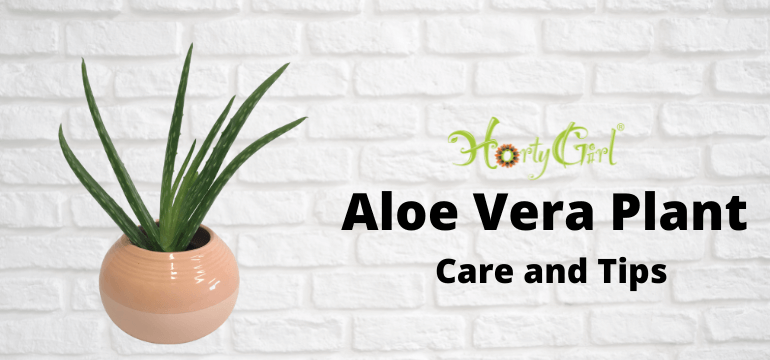
Introduction
Embarking on the journey of nurturing indoor aloe plants can be both rewarding and challenging. With the right knowledge and approach, you can ensure that your aloe thrives and flourishes within the confines of your home. In this guide, we’ll delve into essential tips for maintaining healthy growth and vitality in your indoor aloe.
Understanding Indoor Aloe Needs
Indoor aloe plants have distinct requirements that differ from their outdoor counterparts. They thrive in warm, sunny environments with well-draining soil. Understanding these needs is crucial for providing the optimal conditions for your aloe’s growth and development.
Choosing the Right Location
Selecting the ideal location for your indoor aloe is paramount to its well-being. Place your plant near a sunny window where it can receive ample sunlight throughout the day. A south or west-facing window is typically ideal for providing the bright, indirect light that aloe plants crave.
Optimizing Soil and Potting
Well-draining soil is essential for preventing waterlogged roots, which can lead to root rot and other issues. Choose a cactus or succulent potting mix that promotes drainage and aeration. Additionally, ensure that your pot has adequate drainage holes to allow excess water to escape freely.
Watering Wisely
Aloe plants are drought-tolerant by nature, so it’s crucial not to overwater them. Allow the soil to dry out completely between waterings, then water thoroughly until water drains from the bottom of the pot. During the winter months, reduce watering frequency to prevent waterlogged soil.
Maintaining Proper Humidity
Indoor environments can sometimes lack the humidity levels that aloe plants prefer. To combat this, consider placing a tray of pebbles filled with water beneath your aloe plant. As the water evaporates, it will create a localized humid microclimate around the plant, mimicking its natural habitat.
Fertilizing Sparingly
Aloe plants are not heavy feeders and can thrive with minimal fertilization. During the growing season in spring and summer, you can apply a balanced liquid fertilizer diluted to half strength once a month. However, avoid fertilizing during the dormant winter months when the plant is not actively growing.
Pruning and Maintenance
Regular pruning and maintenance are essential for keeping your indoor aloe healthy and vibrant. Remove any dead or withered leaves by gently pulling them away from the base of the plant. Additionally, trim off any offsets or pups that emerge at the base of the plant to encourage healthy growth.
Monitoring for Pests and Diseases
Despite their resilience, indoor aloe plants can still fall victim to pests such as aphids, mealybugs, and scale insects. Keep a close eye on your plant for any signs of infestation, such as yellowing leaves or sticky residue. If detected, treat the infestation promptly using organic insecticidal soap or neem oil.
Repotting as Needed
As your indoor aloe grows, it may outgrow its current pot and require repotting into a larger container. Repot your aloe plant every two to three years or when its roots become overcrowded and pot-bound. Choose a pot that is one size larger and refresh the soil to provide ample space for continued growth.
Conclusion
With proper care and attention, indoor aloe plants can thrive and beautify your living space for years to come. By understanding their unique needs and providing the optimal growing conditions, you can enjoy the many benefits that these versatile plants have to offer. Incorporate these essential tips into your aloe care routine, and watch as your indoor oasis flourishes with lush greenery and vitality. Read more about aloe plant care indoor
